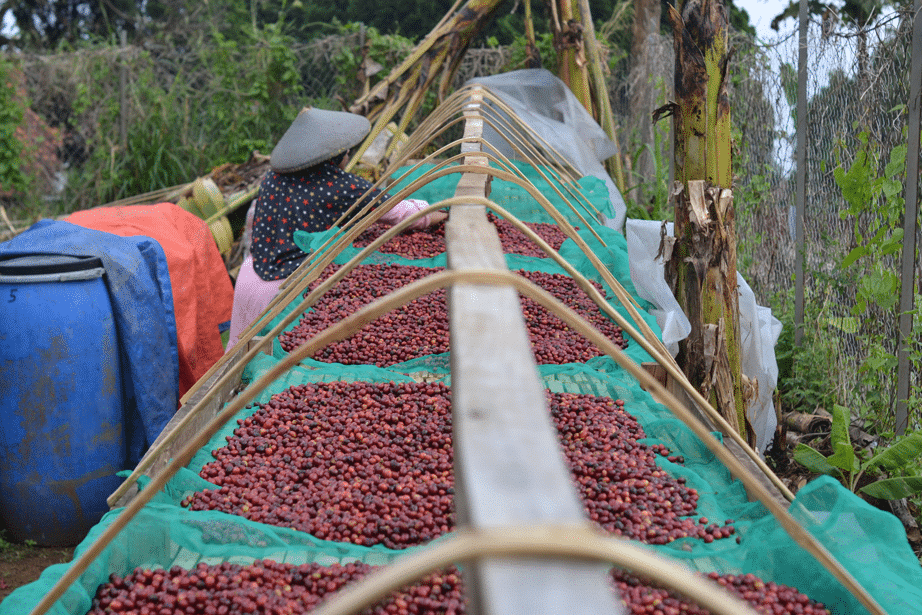Coffee varieties, varietal, cultivar; What does it all mean?


WHY ARE COFFEE VARIETIES IMPORTANT?
How important coffee varieties are depends on your role in the coffee supply chain. If you’re a consumer, you might be wondering why you need to learn another set of labels. Is variety important compared to origin, roast level, and processing? And if it’s important, why do only some coffee bags mention it?
The answer is that varieties can affect a coffee’s flavour. Some, like Bourbon, are known for their sweet taste. Others, like Geisha, are known for tea-like qualities. But flavour isn’t just about the variety: it’s also about the growing conditions, processing, and more. The uniqueness of a high-quality coffee is part of what makes coffee so wonderful.
Roasters need to know about varieties because they affect both the flavour profile and how you should roast them.
Different beans will have different sizes: Maragogype is large,while Mokka is tiny. Since roasting is a physical transformation, how it transfers heat throughout the bean is important. You need to understand your coffee’s physical makeup (especially if you’re blending). And producers, varieties are of critical importance to you. Your choice will affect the flavour profile and potential cup score, the hardiness of the plant and its resistance to disease, its productivity, which elevation and temperature it grows at best, and more.
Another reason to care about varieties is that Arabica coffee has a worryingly low genetic diversity. This means it is more susceptible to disease and climate change – and could even theoretically become extinct in the future. Creating or finding more genetic variety is of key importance right now.
SPECIES, VARIETY, CULTIVAR… WHAT DO THESE ALL MEAN?
Now we know why varieties are important, let’s take a step back and look at what they actually are.
There are many different species of coffee – over 100, according to World Coffee Research (WCR) – but the main three are Arabica, Robusta, and Liberica. Specialty coffee shops rarely sell anything but Arabica, shunning Robusta for its harsher, more bitter taste, although some shops are making the case for Fine Robustas. Liberica is typically only consumed in the Philippines.
The category below species, when describing plants, is variety. Varieties refer to different variations within the species. For example, Caturra is a variety of Arabica while Nganda is a variety of Robusta. As for a cultivar, that’s a coffee variety that has been created by humans in an agricultural setting.
Another point that confuses many people is the difference between varietal and variety. Simply put, “variety” is a noun and “varietal” is an adjective. However, because language is almost as complex as coffee genetics, it’s possible to use “varietal” in a way that stands in for a noun when discussing the coffee product rather than the plant (something called nominalisation).
But this is an article about coffee, not linguistics: it’s enough to say that the differences between “varietal” and “variety” are just grammatical.


SOME COFFEE VARIETES YOU SHOULD KNOW
There are many coffee varieties around the world and we couldn’t hope to cover all of them in just one article.
However, we’re going to take a quick look at some of the most famous or noteworthy Arabica varieties.
BOURBON
A natural mutation of Typica, Bourbon is a high-quality, medium-yield coffee known for its sweet taste. It has, however, low resistance to leaf rust, coffee berry borer, and other diseases and pests. It’s commonly grown in Burundi and Rwanda, as well as throughout Latin America.
Why should you care about Bourbon? For the same reasons why you should know about Typica: its early appearance in the coffee variety tree means it has also engendered numerous others. It’s also a fairly common plant celebrated for its good quality.


TYPICA
Typica coffee is one of the earliest and most important coffee varieties. It’s been around for centuries and engendered numerous others. Notable Typica varieties include Java, Maragogype, and Timor Hybrid (more on that last one in a little bit).
Typica grows in Central America, Jamaica, and Asia. The WCR label it as low-yield, high-quality, and susceptible to rust and pests. It has a clean, sweet acidity.
ETHIOPIAN HEIRLOOM
While most Arabica coffee varieties descend from Typica or Bourbon, coffee originally comes from Ethiopia. In fact, Kew Gardens have established that the country holds 95% of coffee’s genetic diversity. When you see “Ethiopian Heirloom” written on a bag of coffee, it means that it was probably grown wild or in a lightly cultivated garden.


TIMOR HYBRID
Timor Hybrid is a controversial coffee, since it was a spontaneous Arabica-Robusta hybrid. Robusta is a more, well, robust coffee species: it offers hardiness and resistance to coffee leaf rust in exchange for a less appealing flavour and aroma profile.
This unique coffee has been used in many cultivars, particularly Catimors and Sarchimors. Catimors are a group of Caturra and Timor Hybrid crosses, while Sarchimors are a group of Villa Sarchi and Timor Hybrid crosses. Examples of these include Castillo, Colombia, and Marsellesa.
Specialty coffee buyers can be wary of any plant with a Timor Hybrid parentage – but some producers, especially those at lower altitudes where coffee leaf rust is more likely, believe less risk is worth a potentially lower cup quality and price.
F1 HYBRIDS
F1 hybrids are a new generation of coffee varieties that have the potential to be high quality, rust resistant, and high yielding. They are typically mass-produced in advanced nurseries. Notable F1 hybrids include Centroamericano, which has seen recent success in the Nicaraguan Cup of Excellence.
One of the most important points about F1 hybrids, for producers, is that they are typically more expensive and harder to obtain. They are mass propagated in sophisticated nurseries with tissue culture labs (i.e., they are cloned) instead of by seed. This is necessary because their germinated seeds (the F2, or second generation) will not necessarily possess the same great qualities as the F1 mother plant, meaning that farmers cannot rely on the performance of the plant. For this reason, WCR advises that producers only buy from reputable nurseries.


CATURRA
A natural Bourbon mutation, Caturra is a dwarf tree with an average yield, average quality, and average bean size – in fact, the WCR description of an average yield is “Caturra-like”. It is susceptible to rust and pests, and commonly grown throughout Brazil and Latin America.
CATUAI
Catuai is a Mundo Novo and Caturra cross that shares many of the same characteristics as Caturra: average yield, average quality, average bean size, susceptibility to rust and pests, and dwarf status.

This is only an introduction to the wonderful world of coffee varieties. There are many more that deserve attention: Pacas, Pacamara, Maracaturra, Rume Sudan, Laurina, SL-28, SL-34… The list goes on and on.
Producers, pick your coffee varieties carefully. Do your research: understand the demands of each one and the risks that come with it. When planting a new variety, consider starting slowly with only a small portion of your farm.
As for you, coffee lovers, taste as many varieties as possible. Pay attention to how they differ. Compare different varieties grown in the same region and the same variety grown across different regions. As you start to learn more about how the variety can affect your cup, your appreciation of coffee will only grow.
With thanks to World Coffee Research for their input on F1 hybrids.
TRY OUR BOURBON HUYE WASHED AND OUR OTHER COFFEES:
Coffee varieties, varietal, cultivar; What does it all mean?
WHY ARE COFFEE VARIETIES IMPORTANT? How important coffee varieties are depends on your role in the coffee supply chain. If you’re a consumer, you migh...
Flavourful Encounters and Inspirations: KOPKOPI at Kolonia Artystów
Discover the magical world of specialty coffee in our latest blog post. Get to know Kolonia Artystów, a place where coffee passion meets art and cultu...
GET TO KNOW OUR BOURBON Coffee from Rwanda
2°30’40.3″S 29°41’04.0″E BOURBON HUYE HONEY Get to know our Bourbon Huye Honey coffee, from history to brewing guide. Find out more about our Bourbon ...


